What’s Next for PolyMet, Minnesota’s First Permitted
Sulfide Mine
Home to the Boundary Waters and well over 10,000 lakes, Minnesota is a has a rich outdoor heritage. Going hand in hand with this heritage is a strong history of conservation. From the creation of public lands to establishment of State Parks from Blue Mounds to the Northshore, Minnesotans are justly proud of the environmental protections they have put in place.
However, it’s easy for Minnesotans to mistakenly believe they have the most stringent rules in place. That the lakes and forests are shielded by some of the toughest laws in the nation.
They are not.
This unfortunate fact is all too apparent when one takes a close look at the rules governing non-ferrous (that is, non-iron) mining. These are rules meant to regulate an industry that, according to the EPA, accounts for half of all toxic chemicals released in 2017, making it by far the most polluting industry in the country.
For such a risky and highly polluting industry, you’d think there would be strict regulations in place.
There isn’t.
Imagine if there weren’t laws, but guidelines for driving on the road. If there were vague suggestions on what to do when you came to a stop sign, how fast to go, and people had some leeway when it came to interpreting a red light.
That’s the situation with Minnesota’s nonferrous mining laws. They are overly vague and have no enforcement mechanism.
The so-called rules governing sulfide mining are merely guidelines that can be interpreted and manipulated by the DNR Commissioner, a non-elected official who may not have the needed expertise or understanding in the area of sulfide mining.
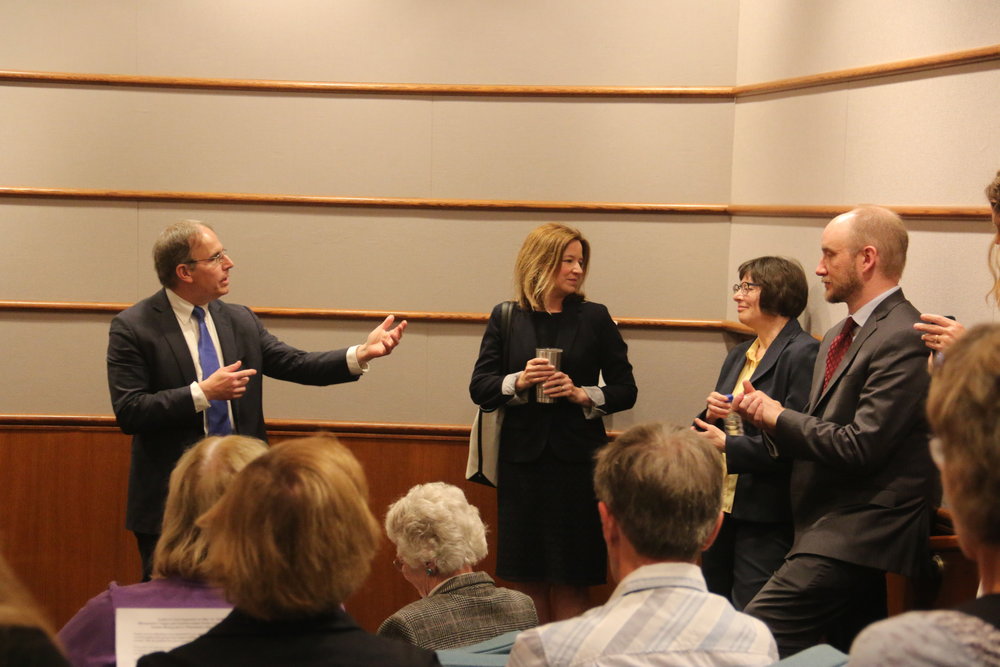
Executive Director Chris Knopf and lawyers for MCEA debrief after the hearing
Or who may act from political pressure brought on by industry lobbyists.
To put it plainly: If sulfide mining, the most polluting industry in the country, comes to Minnesota, the state doesn’t have the laws or safeguards in place to regulate this toxic industry. There are no standards the industry must meet when it comes to clean water, land reclamation, containing the toxic mining waste, and so on. Further, there are no legal consequences.
How these mines, which have a perfect record for polluting, will be regulated is up to the discretion of an unelected official.
Taking the fight to court
In November 2018, then DNR commissioner Tom Landwehr issued the permits that would make PolyMet the first copper-sulfide mine in Minnesota’s history. Then, when the Army Corps of Engineers issued a wetlands permit earlier this year, PolyMet became a fully permitted operation.
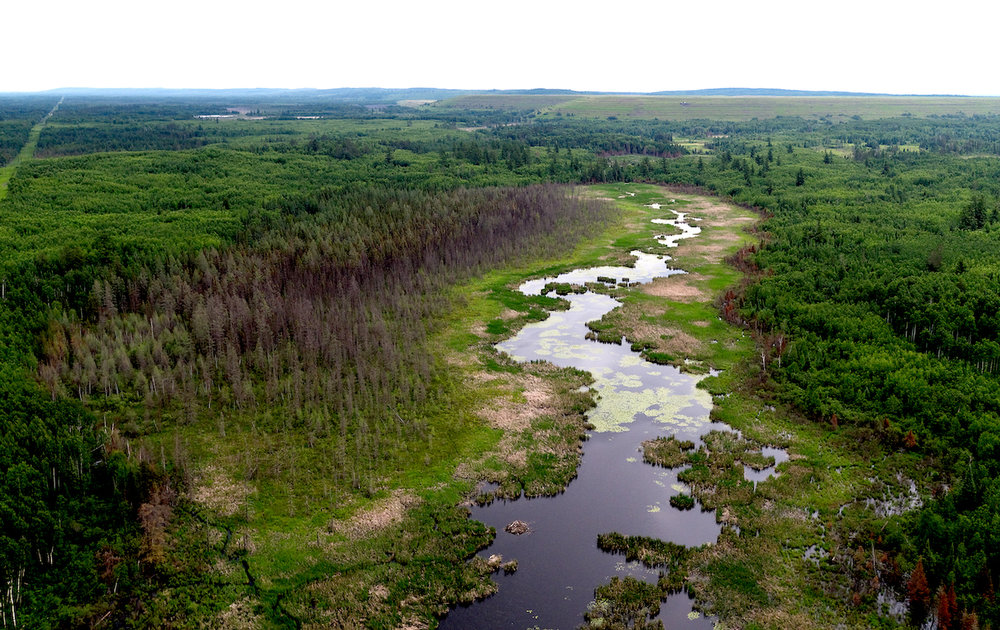
Wetlands near the proposed PolyMet site. Photo by Rob Levine
However, that does not mean they have a green light to begin mining. Nor does it mean this will be a safe or clean operation. Numerous legal challenges to this proposed mine remain.
Other legal challenges to PolyMet
Our particular legal action regarding Minnesota’s toothless nonferrous mining rules follows on the heels of our March 28 appearance before the Minnesota Court of Appeals, where we argued Minnesota DNR must not turn a blind eye to PolyMet’s intentions to build a sulfide mine two to four times larger than what is allowed in its permit.
Because a bigger sulfide mine means more waste and a greater threat to the environment and the taxpayers of Minnesota, Minnesota DNR needed to do their job and assess the environmental risks associated with the larger sulfide mine that PolyMet intends to build and operate. Until they do a true environmental assessment, we argued, the state of Minnesota must stay PolyMet’s permits.
The legal actions we are taking against PolyMet are the most recent moves in a long fight that has been going on for 15 years. During that time, the legal details and complexities have multiplied.
Even those who are incredibly passionate about clean water can get lost in the details.
But the fundamental issue remains the same: PolyMet, and copper-sulfide mining in general, is a threat to Minnesota’s clean water.
Complexities aside, several questions loom at the front of everyone’s mind: Because it is now a fully permitted operation, will PolyMet open? More pointedly, when will it open?
The Enormous Cost of Copper Mining
Many don’t realize that people have been thinking of mining copper in northeastern Minnesota for almost 70 years.
They’ve known about copper here since at least 1948.
In the 1950s and 60s, mining companies snatched up mineral leases and began exploratory drilling. There was no doubt that there was copper in the region, the problem was, it was such low-grade copper ore that it wasn’t economically feasible to mine it.
Here’s why:
Generally speaking, copper is found in two different forms: native copper and disseminated copper ore.
Native copper refers to copper that occurs in its pure form, and hasn’t been mixed with other ores and minerals. For the most part, these deposits have been mined and few, if any, known reserves remain.
The reason is that it’s relatively inexpensive to mine native copper ore. These deposits can be 20 to 40 percent copper, so it’s easy — and cheap — to get loads of copper from the earth.
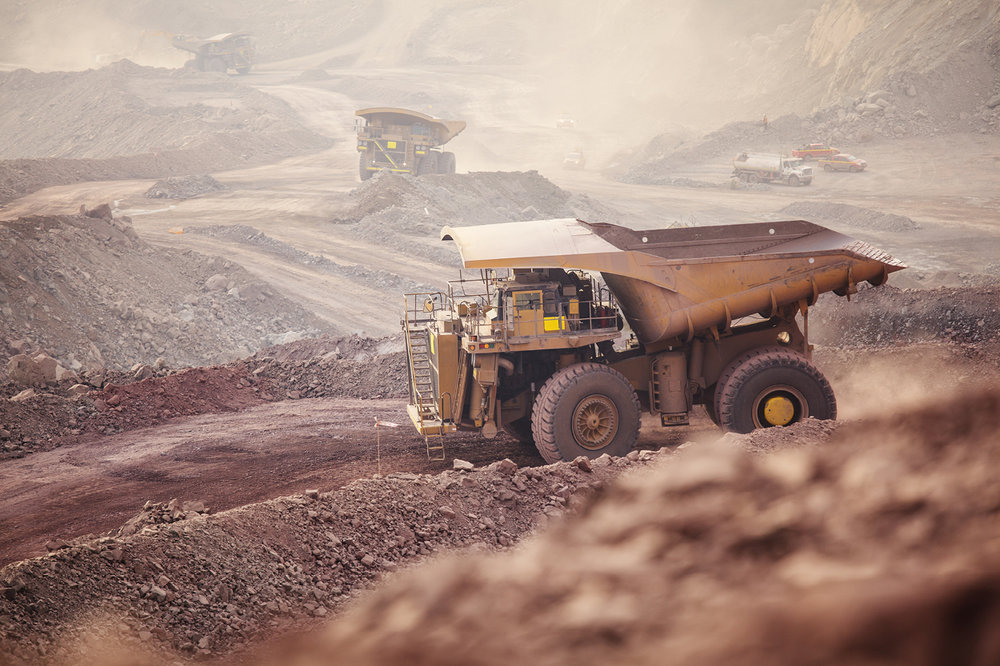
The copper buried in northeastern Minnesota is known as disseminated copper. That is, the metal is combined with sulfide-bearing ore, and only trace amounts of copper exist in a relatively large body of rock.
Where PolyMet wants to dig, the ore is grade is approximately .29 percent. Less than one-third of one percent. That means is would take over 300 pounds of rock to process one pound of copper.
As of May 14, 2019, copper is trading at around $2.75 a pound.
Would you crush up 300 pounds of rock for less than three dollars? Granted, this is an imperfect analogy. Mining companies have large scale industrial machinery to get that $3 worth of copper.
But it illustrates the point: It’s monstrously expensive to get the copper out of northeastern Minnesota.
PolyMet Problems
This fundamental problem of economics, and the question of whether PolyMet could be profitable has plagued the project from the beginning.
After close study, an outside consulting firm hired by Minnesota DNR, Spectrum Engineering & EOR, concluded the PolyMet mine would only be marginally profitable. Even a meager margin of profitability was based on the assumption that copper prices would be 17 percent above current and historic levels.
From a financial perspective, that is one shaky operation to put your money into.
This shaky financial footing is why, when PolyMet filed with Canadian Securities Administrators (they are a Canadian company), it needed to show the returns from a mining operations that would be three to four times as large as the one they told the state of Minnesota they would build.
Opening a much larger mine is the only way they could be profitable.
This brings us back to why we argued before the Minnesota Court of Appeal that DNR needs to do a full environmental assessment on the mine PolyMet intends to build.
Glencore is Coming
Along with the fundamental issue that Minnesota copper mining is incredibly expensive and difficult to pull off in a way that yields a profit, PolyMet has faced numerous financial hurtles.
First, even before they were permitted, PolyMet has amassed an incredible amount of debt. They still need to raise money to begin operations. A large amount of that debt is owed to Glencore, which has been a longtime financial backer of PolyMet
This Swiss-based Glencore is the largest mining company and commodities trader in the world.
In May, 2019, PolyMet announced it would file a preliminary prospectus for rights offering with regulators in Canada and the United States, and enter into a standby purchase agreement with Glencore. For those of us who don’t live in the financial world, this means PolyMet will allow Glencore, which currently owns 28.8 percent of PolyMet, to buy a majority share and control the project.
What does it mean that the largest mining company in the world might soon control PolyMet? It’s hard to say. With the financial and political power Glencore has, along with its dismal record of human rights abuse, environmental degradation, and plowing over labor disputes, Minnesotans should be alarmed that this company might operate in their state.
Even if copper prices don’t rebound to a level where it is economically viable to operate in Minnesota, PolyMet will be an asset for Glencore. They want to be in a position where legal and regulatory hurtles are out of the way so that when prices reach the desired level, they can immediately begin mining and trading the metals.
When this will take place is uncertain.
The state didn’t let a fox into the chicken coop, it let in a behemoth.
With Glencore operating an inherently toxic mine, Minnesotans need to be on guard. We need stronger laws, better oversight.
Our land and water cannot be handed over and trusted with this multinational giant.

Lake Superior deserves our protection. Photo by Benjamin Olson
Splitting the baby
Of the two proposed copper sulfide mines in Minnesota, PolyMet has largely been pushed aside. Out of sight, out of mind.
The other proposed sulfide mine, Twin Metals, is in the Boundary Waters watershed, whereas PolyMet is in the Lake Superior watershed. It’s easier to get people to rally around the Boundary Waters. But both watersheds deserve protection.
Politicians and even some environmental groups have decided to “give them PolyMet, stop them at Twin Metals.”
As the only organization in Minnesota fighting both PolyMet and Twin Metals, we have long recognized the danger of this line of thinking. PoleMet may be in a different watershed, but it is a mere 12 miles away from where Twin Metals wants to operate. These are sibling mines and, as we have long maintained, PolyMet is the snowplow that will lead to Twin Metals.
And sulfide mining won’t stop here.
There are dozens of other mineral deposits in northeastern Minnesota that mining companies would like to get their hands on. The threat is real and we need to have laws in place that defend our people and our natural resources from this type of toxic mining.
Which brings us back to the importance of having in place strong laws to protect the environmental and financial interests of the state. As it stands, Minnesota’s nonferrous mining laws, which regulate sulfide mining, are hopelessly vague and essentially, are a permission slip to pollute.
With PolyMet, we are facing Glencore, one of the largest, most corrupt companies on the planet. What is at stake is clean water, our environment, and the value we put on the health of our state.
Continue Reading
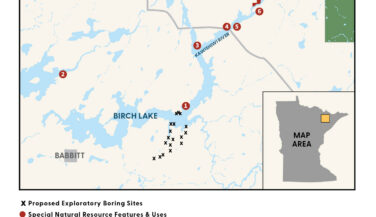
Why would DNR allow drilling near the BWCA?
Four compelling reasons why Minnesota DNR should deny Twin Metals' proposal to drill near the Boundary Waters.

We’ll Champion the Boundary Waters for the Next 50 Years
Celebrating 50 years of protecting the Boundary Waters from mining threats. Join Friends of the Boundary Waters in defending America's…
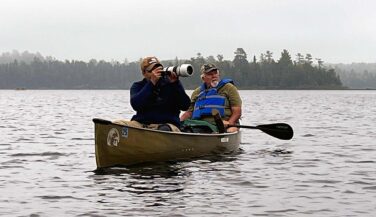
Announcing the Friends’ 2025 Photo Contest
Show us your Boundary Waters adventures. Enter our annual photo contest for a chance to win big!…
Comments (14)
Leonard Thompson
7 years agoIf things were always like they are these days we would never have an "Iron Range"
in Minnesota. I doubt mining of anykind would be allowed in our USA,
maybe it would not be allowed in the whold world ? Now iron, copper, and no
petroleum EVER. what a wonderful world that would be ?
David R. LaMaster
7 years agoLong before moving to Minnesota in 2001, we took our first canoe trips into the BWCA; had no idea of the beauty and native treasure that abides here. But this seeming expanse is no match for what modern day commercial exploitation can bring about. We have little conception of what streamlets-become-rivers can do to the greater waters of our Arrowhead region and beyond. We, not some mysterious other benevolent power, whatever that could be, are the stewards of a natural habitat that renews all of us as temporary boarders. Together, we "Can Do" the right thing.
thepublic
7 years agoThis is political corruption at its most obvious. Multinationals get to overtly poison our rare pristine public lands and water in exchange for a few donations in the 10s of thousands at a cleanup cost foisted on the taxpayers that far offsets inflated promises of a handful of jobs. No thanks. Destroy the land and clean water in some other state.
S
7 years agoYou realize that we need mines like this to make the batteries for your electric cars right
Dan
7 years agoI see this argument repeatedly.
On the surface level you're right. Copper is a necessary component for many of the things we use in life. But now, you realize without these two mines we still have plenty of copper, right? These mines will not be big enough to have an impact on the global availability of copper. They will be big enough to poison portions of the boundary waters and and lake superior, which accounts for 50% of the global fresh water supply.
Even if you're a person that only cares about the dollar signs of industry, if that water was to be sold to other countries it would fetch a much higher price tag then the copper. Add on to it the value of the fish inside those lakes and the tourism trade we rely on in NE Minnesota and ot becomes obvious our state is being scammed by these foreign mining interests.
Mike
7 years agoFor many years we have been enjoying the wonderful "BWCA".
Now we need to continue to protect our "last Frontier" or it will be a waste land.
Shame on ALL the Politicians in Office who ignore the urgency to protect a ecologically sensitive area.
Badfish
7 years agoSimply ban sulfide mining in the state. Other states have passed such laws. It's a no brainer! We need to elect better quality politicians to work for the public and not succumb to pressure from these evil corporate polluters
Kevin Carpenter
7 years agoA byline on this would be very nice. I don’t like anonymous articles, especially on important subjects.
Kevin Carroll
7 years agoIt's crazy that one of the largest roadless areas in the lower 48 is now threatened with degradation because of a lack of government oversight. In light of recent news of the extinction of over a million species because of human activities and habitat destruction, how can Minnesota even consider green lighting these mines?
FVerdJr
7 years agoEveryone should read "River of Lost Souls" by Jonathan P Thompson, then pass your copy on to your local or state representative.
Cathy Witthoeft
7 years agoJust say NO!
Gary Siesennop
7 years agoThis is an informative article about an global industry with on-going environmental degradation.
Twice, however, the article used an incorrect word: "hurtle" when the correct word would have been "hurdle." Perhaps the errors were "auto-correct mistakes", or they were undetected word usage errors or typographic, proofing errors. Regardless, the article's quality was diminished. I hate it when that happens.
Doug
7 years agoThere has never been the kind of a mine (proposed by Polymet) that has been successful in preventing its holding ponds from leaking or breaking. Think of what happens to their toxic waste polluting Lake Superior 200 years from now when the company (or its parent) are long gone. Who will be held accountable at that point?
Winifred Scott
7 years agoAs a part of the possible harm to the environment, Minnesota's wonderful Boundary Waters Wilderness Area is precious and must be protected from pollution
scottwinifred@yahoo.com
7 years agoI fully support efforts to regulate and protect Minnesota from sulfide mining and in particular, to put laws and safeguards in place to regulate this toxic industry.Please continue to update the public information and offer opportunities to help in this struggle.